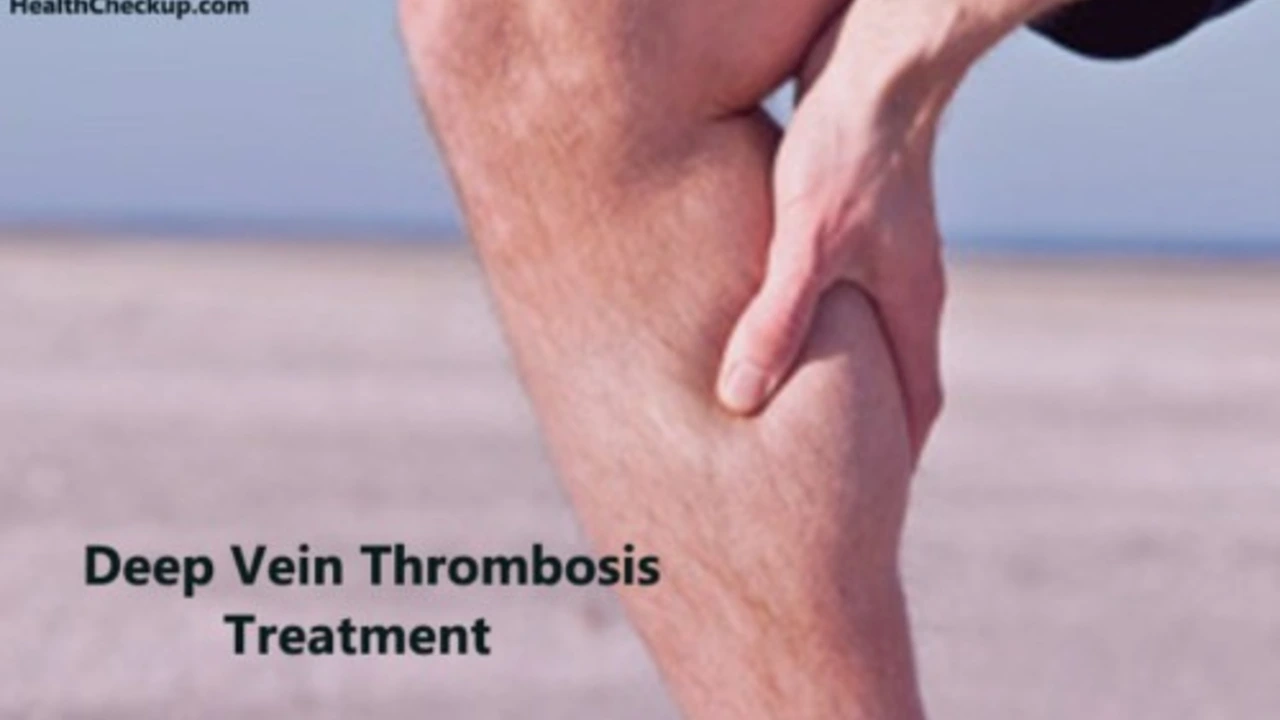Deep Vein Thrombosis (DVT): What to Watch For and What to Do
A blood clot in a deep leg vein can quietly turn into a life-threatening problem. Deep vein thrombosis (DVT) is common after surgery, long flights, or when someone is less mobile. You might not notice it at first, so knowing the signs and what to do can save your life.
Symptoms & When to Seek Help
The most common sign is swelling in one leg, usually with pain or tenderness. Redness, warmth, and visible veins may follow. If you feel sudden shortness of breath, chest pain, or coughing up blood, treat it as an emergency — the clot may have traveled to your lungs (pulmonary embolism).
Prevention and Treatment
Preventing DVT usually comes down to movement and simple measures. On long trips, stand and walk every hour, flex your ankles while seated, and drink water. If you're recovering from surgery or have a known risk, your doctor may prescribe blood thinners like warfarin, direct oral anticoagulants (DOACs), or low molecular weight heparin. Compression stockings help reduce swelling and lower clot risk for some people.
Diagnosis is usually with an ultrasound of the leg and sometimes a D-dimer blood test. Ultrasound shows clots; D-dimer checks for clot breakdown products. For suspected pulmonary embolism, doctors use CT scans. Quick diagnosis means faster treatment and fewer complications.
Who is at risk? Age over 60, recent surgery, cancer, hormonal birth control, injury, obesity, smoking, and family history raise the chance of DVT. Immobility — for example after a long flight or during a hospital stay — is one of the most common triggers.
How long is treatment? Blood thinners are typically given for three months after a first DVT. If you have repeated clots, active cancer, or certain clotting disorders, long-term anticoagulation may be needed. Your doctor will balance clot risk against bleeding risk.
Practical tips: keep moving when traveling, avoid tight socks, keep hydrated, know your family history, and talk to your doctor before starting hormone therapy. If you notice leg swelling, warmth, or pain that doesn't go away, get checked promptly.
Surgery and invasive options exist for severe cases—like clot removal or placing a filter in the big vein to stop clots reaching the lungs. Those are for specific situations and come with risks, so they are not first-line.
If you want to lower your risk now, start with small changes: walk more, stop smoking, lose excess weight, and check with your doctor about medications that affect clotting. These steps cut risk and are easy to follow.
DVT is common but manageable. Knowing signs, reducing risks, and getting quick care makes a big difference. If you're unsure, ask your doctor—better safe than sorry.
Want quick guidance before an appointment? Note when the swelling started, whether pain gets worse with standing, any recent travel or surgery, and a list of current meds including birth control and supplements. Bring that info to your visit — it helps your doctor act faster. Don't ignore early signs.
DVT Support Groups: Finding Help and Encouragement

As a guy who's been through the journey of dealing with deep vein thrombosis (DVT), I'd like to express how important support groups have been for me. This article roams around the invaluable role of DVT support groups in providing help and encouragement. I'll share some heartening stories, advice, and resources to assist those in the same boat. Being part of a supportive community has truly given me strength throughout my health journey. So, dive into this read and find the boost you need in battling DVT.
